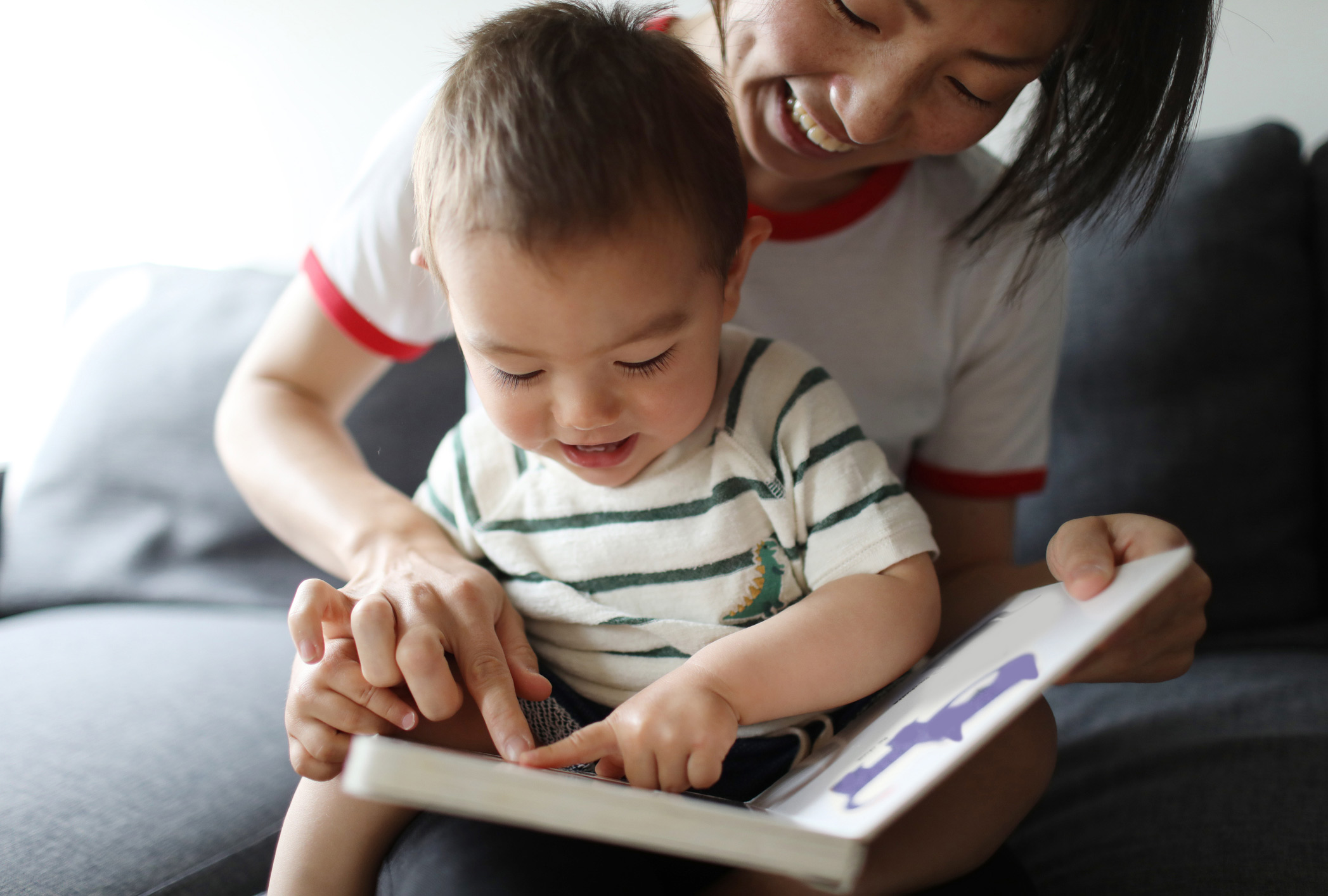Your brachial plexus is a connection of hard-working nerves that can be prone to injury. Here’s how to keep yours safe.
The brachial plexus is an important collection of nerves in the neck, responsible for sending signals from your spinal cord to your shoulder, arm and hand. “Injuries that occur either at birth — associated with delivery — or later on in life can sometimes stretch the brachial plexus,” said Jay Wellons, M.D., a surgeon in Monroe Carell Jr. Children’s Hospital at Vanderbilt’s Division of Pediatric Neurosurgery.
“Most of the time, a stretch will get better, but a severe stretch or tear obviously won’t,” he added. We asked Dr. Wellons to explain brachial plexus injury symptoms, the most common causes, prevention and the methods for recovery.
Symptoms and treatment of a brachial plexus injury
In the event of pan-plexus palsy, your arm will not function at all, including the hand, Wellons said. Thankfully, that is rare. The most common dysfunction is called Erb’s palsy. “That’s where the upper part of the brachial plexus is stretched or torn,” Wellons explained. In that scenario, you won’t have active movement in the shoulder or elbow, but your wrists and fingers may move. Treatment may involve physical therapy, at-home exercises, surgery or a combination of methods.
Brachial plexus injury at birth
Brachial plexus injuries can occur during childbirth. If you have gestational diabetes, your baby could be born at a larger size, a condition called macrosomia. Infants who are larger for their gestational age are at a higher risk for incurring a brachial plexus injury when coming out of the birth canal, Wellons explained.
He said to keep the lines of communication open with your OB-GYN about risk factors and the best means for delivery. “And know that there’s an entire clinic of specialists that are here to help and do whatever we need to do,” he added.
Although many pediatric patients with brachial plexus injury won’t need surgery, providing parents with information, support and follow-up is important, Wellons said. In some cases, therapy and at-home exercises will be enough for your baby to gain functioning in their arm. Wellons added, “I think it’s really critical to know that about 80 to 90 percent of kids who have infant brachial plexus palsy will recover on their own back to normal or nearly normal.”
Brachial plexus injury from trauma
Brachial plexus injuries that occur later in childhood or adulthood tend to be a result of car accidents or an ATV accident, Wellons explained. In both situations, a person might be thrown from a vehicle or over the handlebars and their shoulder pushed down from impact, causing the brachial plexus to stretch or tear.
“Oftentimes, this is something that we detect initially,” Wellons said, “but there are other more pressing matters that we’re trying to manage with their traumatic injury. Then if their palsy is still present later, we begin a process of working it up to see if there’s something we can do to help that.”
The best way to prevent a traumatic brachial plexus injury is to wear your seatbelt, Wellons said. “And use all wheeled vehicles in a responsible way,” he added, “whether an ATV, a bicycle or a dirt bike.”

Brachial plexus injuries are treatable – often without surgery – when intervention is early. Monroe Carell Jr. Children’s Hospital at Vanderbilt’s multi-specialty team at the Brachial Plexus and Nerve Clinic is available to consult you or your family physician to determine the best care plan for your child. For more information, call 615-322-6875 or learn more about us here.


